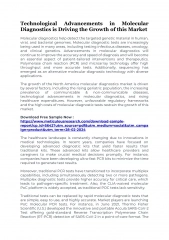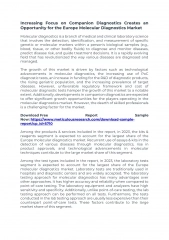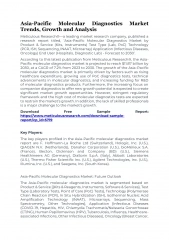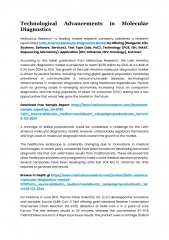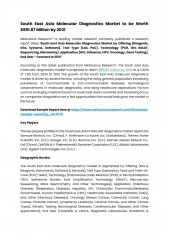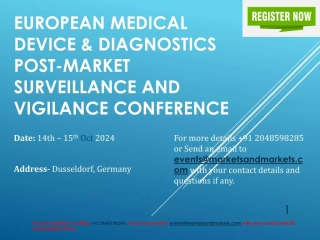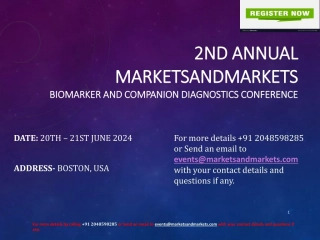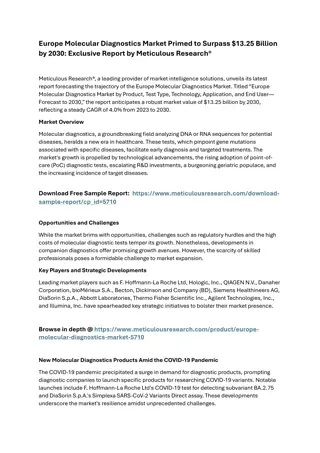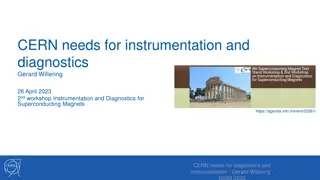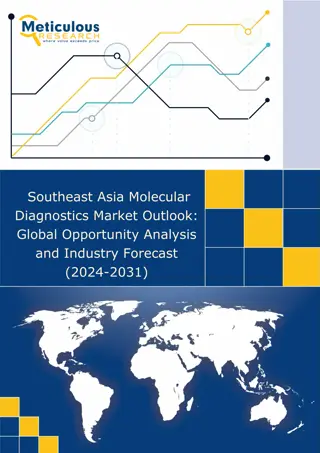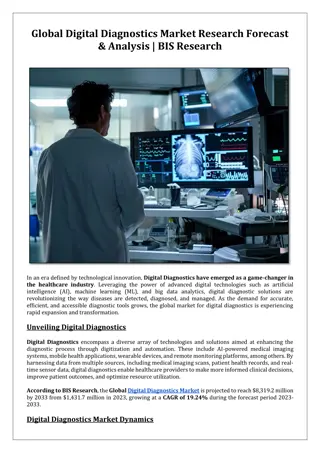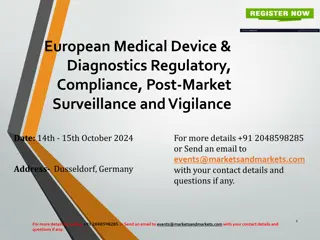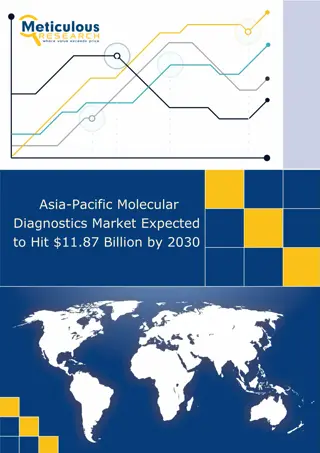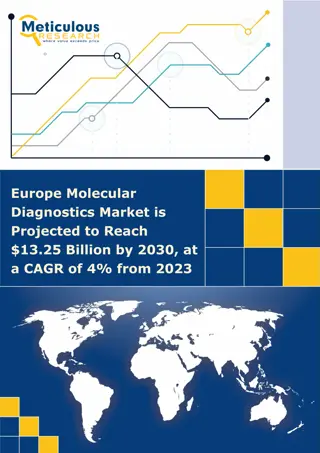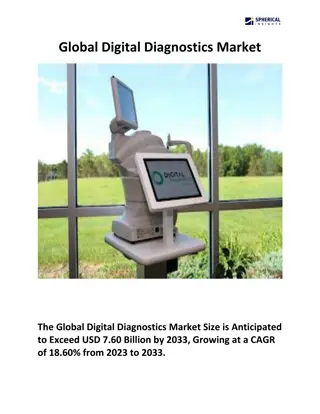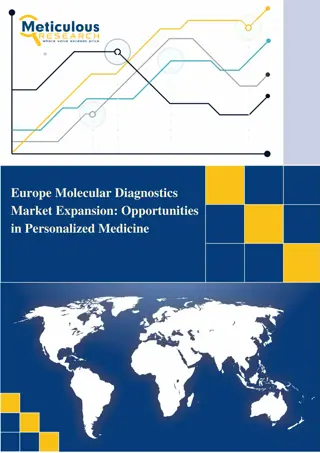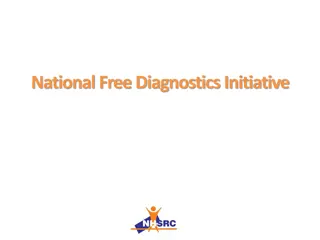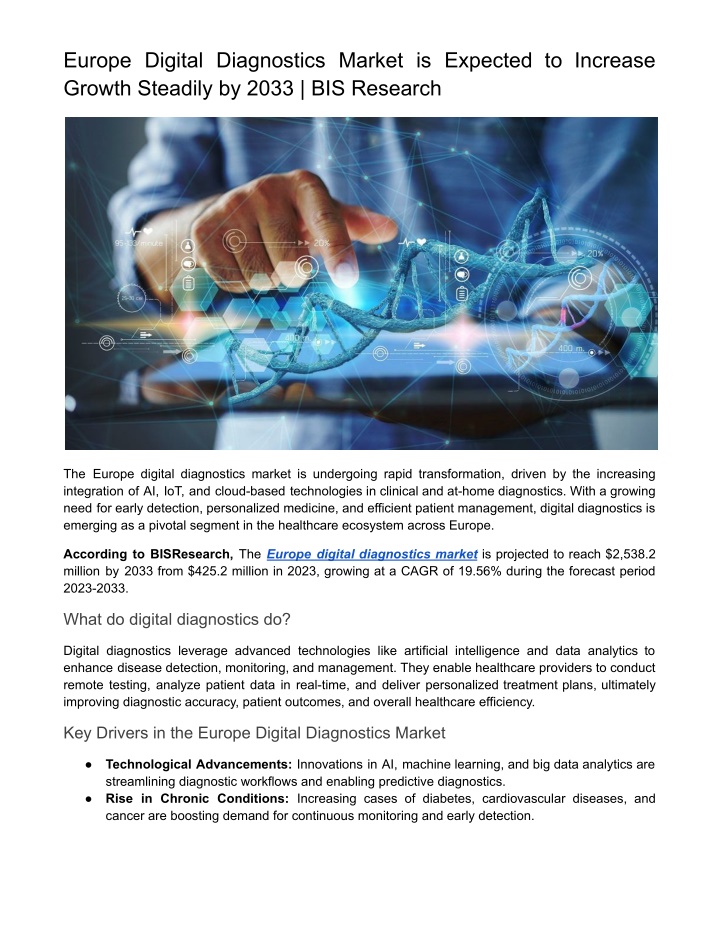
Europe Digital Diagnostics Market
The Europe digital diagnostics market is projected to reach $2,538.2 million by 2033 from $425.2 million in 2023, growing at a CAGR of 19.56% during the forecast period 2023-2033.nnRead Report Overview: //bisresearch.com/industry-report/europe-
Download Presentation

Please find below an Image/Link to download the presentation.
The content on the website is provided AS IS for your information and personal use only. It may not be sold, licensed, or shared on other websites without obtaining consent from the author. If you encounter any issues during the download, it is possible that the publisher has removed the file from their server.
You are allowed to download the files provided on this website for personal or commercial use, subject to the condition that they are used lawfully. All files are the property of their respective owners.
The content on the website is provided AS IS for your information and personal use only. It may not be sold, licensed, or shared on other websites without obtaining consent from the author.
E N D
Presentation Transcript
Europe Digital Diagnostics Market is Expected to Increase Growth Steadily by 2033 | BIS Research The Europe digital diagnostics market is undergoing rapid transformation, driven by the increasing integration of AI, IoT, and cloud-based technologies in clinical and at-home diagnostics. With a growing need for early detection, personalized medicine, and efficient patient management, digital diagnostics is emerging as a pivotal segment in the healthcare ecosystem across Europe. According to BISResearch, The Europe digital diagnostics market is projected to reach $2,538.2 million by 2033 from $425.2 million in 2023, growing at a CAGR of 19.56% during the forecast period 2023-2033. What do digital diagnostics do? Digital diagnostics leverage advanced technologies like artificial intelligence and data analytics to enhance disease detection, monitoring, and management. They enable healthcare providers to conduct remote testing, analyze patient data in real-time, and deliver personalized treatment plans, ultimately improving diagnostic accuracy, patient outcomes, and overall healthcare efficiency. Key Drivers in the Europe Digital Diagnostics Market Technological Advancements: Innovations in AI, machine learning, and big data analytics are streamlining diagnostic workflows and enabling predictive diagnostics. Rise in Chronic Conditions: Increasing cases of diabetes, cardiovascular diseases, and cancer are boosting demand for continuous monitoring and early detection.
Supportive Regulations: EU-wide initiatives like the European Health Data Space and digital health strategies are facilitating interoperability and data sharing. COVID-19 Impact: The pandemic accelerated the adoption of remote diagnostics and telemedicine, creating lasting changes in healthcare delivery models. Challenges in the Europe Digital Diagnostics Market Data Privacy Concerns: Ensuring compliance with GDPR and maintaining patient trust remains a key hurdle. High Implementation Costs: Small- and medium-sized healthcare providers face barriers in adopting advanced digital diagnostic systems. Interoperability Issues: Integrating digital diagnostics across heterogeneous healthcare IT systems can be complex. Request A Free Sampleon the Europe Digital Diagnostics Market! Trends driving digital diagnostics adoption in Europe AI-Driven Diagnostic Accuracy: Artificial intelligence and machine learning are revolutionizing diagnostics by improving image analysis, predictive analytics, and pattern recognition leading to faster, more accurate, and early disease detection. Rise of Remote and At-Home Diagnostics: Post-pandemic healthcare models emphasize decentralized care. There's growing demand for wearable biosensors, tele-diagnostic platforms, and home-based testing kits that integrate seamlessly with digital health records. Expansion of Digital Pathology and Imaging Platforms: Digitization of pathology labs and radiology departments is enabling real-time collaboration, remote consultations, and AI-assisted analysis across borders, particularly in Western Europe and Nordic countries. Emphasis on Interoperability and Health Data Integration: The EU's push for the European Health Data Space is accelerating the adoption of interoperable systems that securely share diagnostic data across providers, improving continuity of care and personalized treatment planning. Future Outlook The Europe digital diagnostics market is expected to grow significantly over the next decade, with advancements in AI, 5G, and cloud computing expanding diagnostic capabilities. Precision medicine, remote patient monitoring, and integrated digital ecosystems will shape the future of diagnostics. As healthcare systems prioritize value-based care and early intervention, digital diagnostics will become a cornerstone of patient-centric healthcare in Europe. Get Insights on the Digital Health Market! Conclusion The digital diagnostics market in Europe is set to revolutionize the way diseases are detected and managed. By enabling faster, more accurate, and personalized diagnostics, digital technologies are not only improving clinical outcomes but also enhancing the efficiency of healthcare systems. Strategic
investments, cross-border collaborations, and regulatory alignment will be key to unlocking the full potential of this dynamic and rapidly evolving market.


